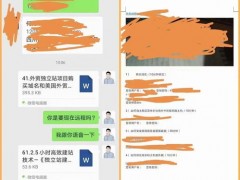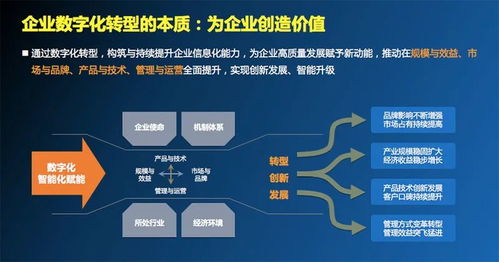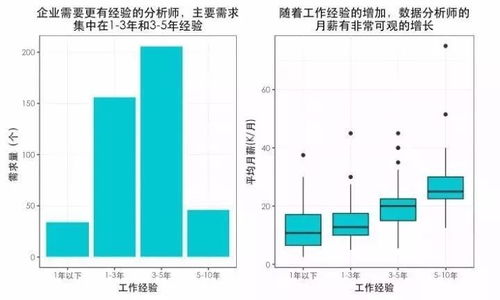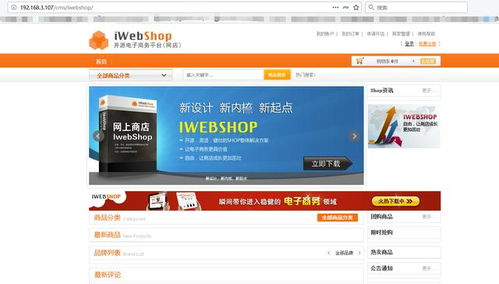这篇文章主要介绍了PostgreSQL 序列绑定字段与不绑定字段的区别说明,具有很好的参考价值,希望对大家有所帮助。一起跟随小编过来看看吧
序列绑定字段与不绑定字段的区别
绑定字段
构造数据
drop sequence if exists test_id_seq;
create sequence test_id_seq;
drop table if exists test;
create table test(id int default nextval('test_id_seq'), name text);
alter sequence test_id_seq owned by test.id;
测试
test=# drop table test;
DROP TABLE
test=# d
Did not find any relations.
test=#
不绑定字段
构造数据
drop sequence if exists test_id_seq;
create sequence test_id_seq;
drop table if exists test;
create table test(id int default nextval('test_id_seq'), name text);
测试
test=# drop table test;
DROP TABLE
test=# d
List of relations
Schema | Name | Type | Owner
--------+-------------+----------+----------
public | test_id_seq | sequence | postgres
(1 row)
test=#
总结
序列绑定字段,则删除表的时候,序列会被一并删除
序列不绑定字段,则序列与表是独立的,删除表不会将序列一并删除
补充:PG表中字段使用序列类型以及绑定序列实例
两种方法效果是一样的
直接看代码
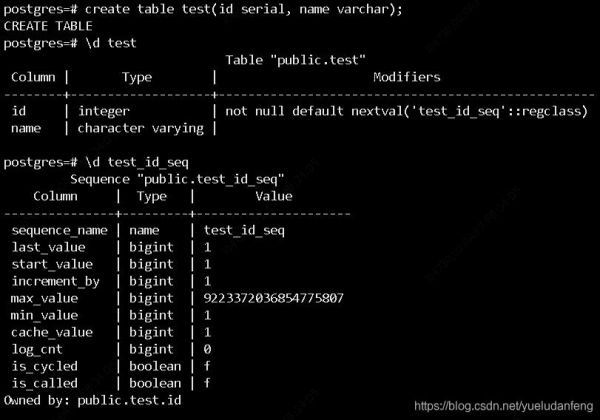

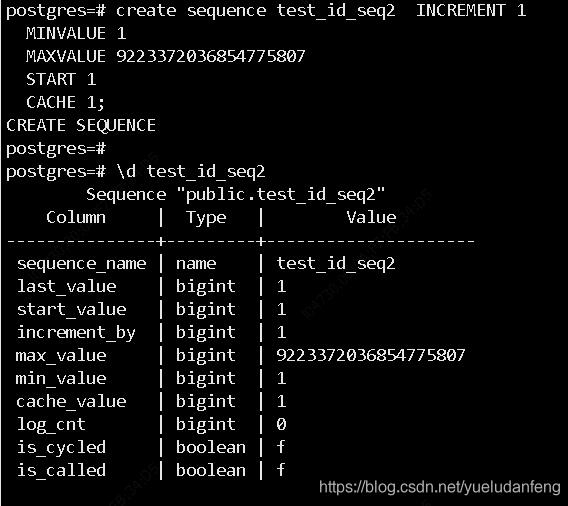
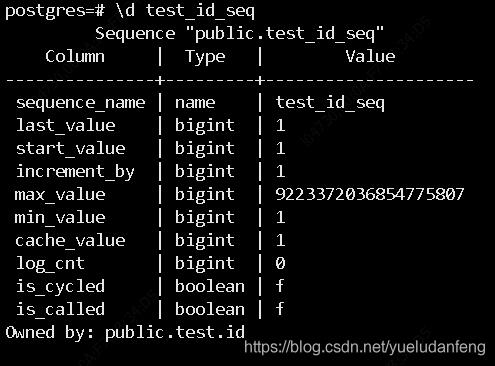
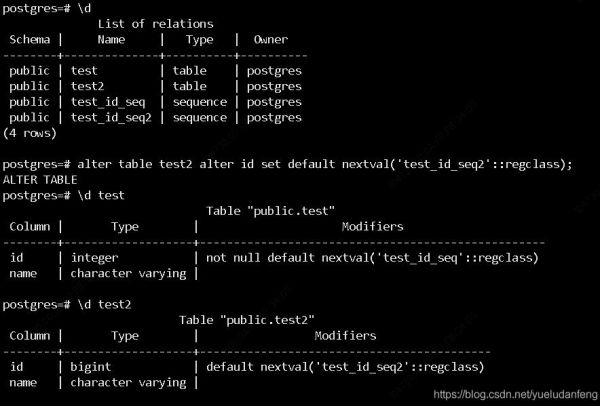
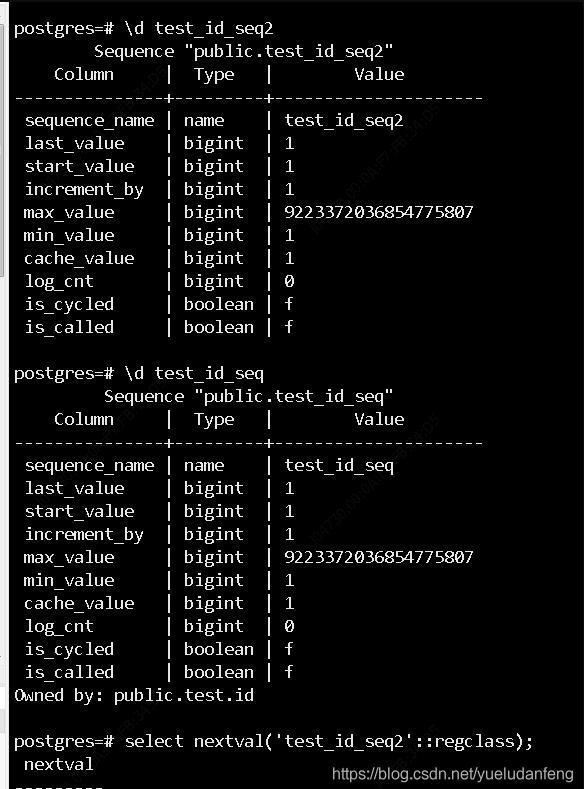
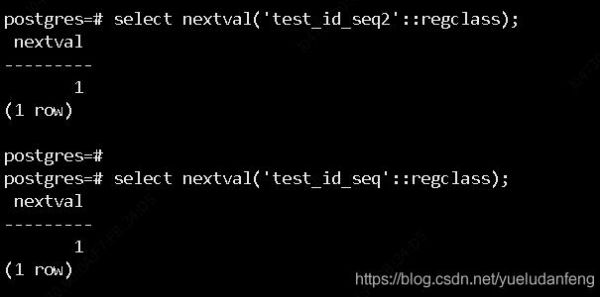
文章来源:脚本之家
来源地址:https://www.jb51.net/article/205199.htm



